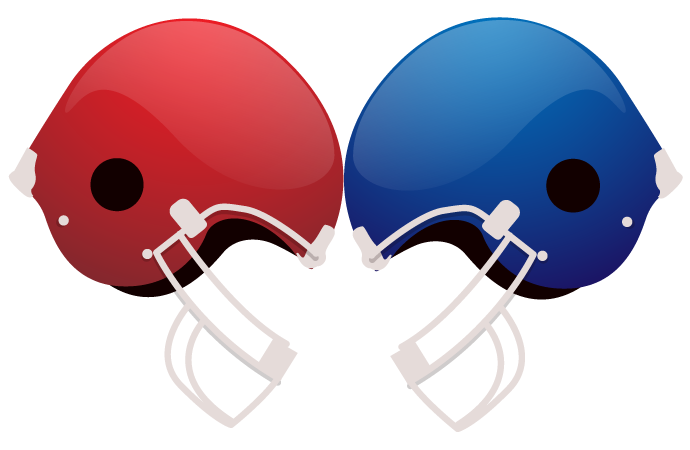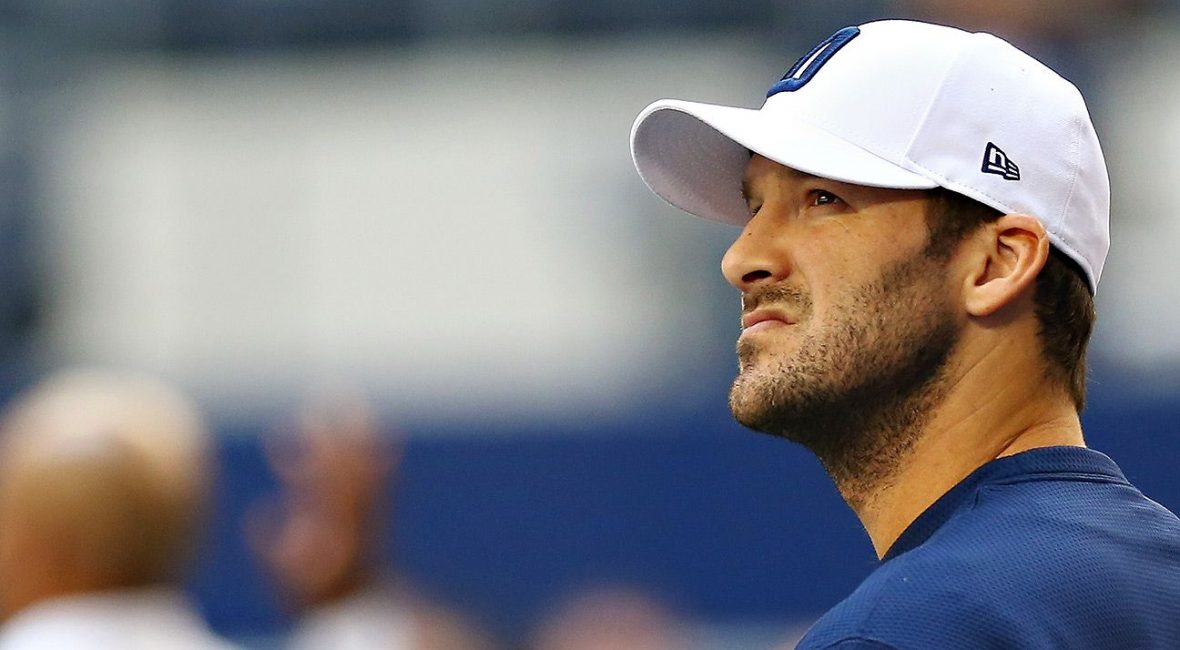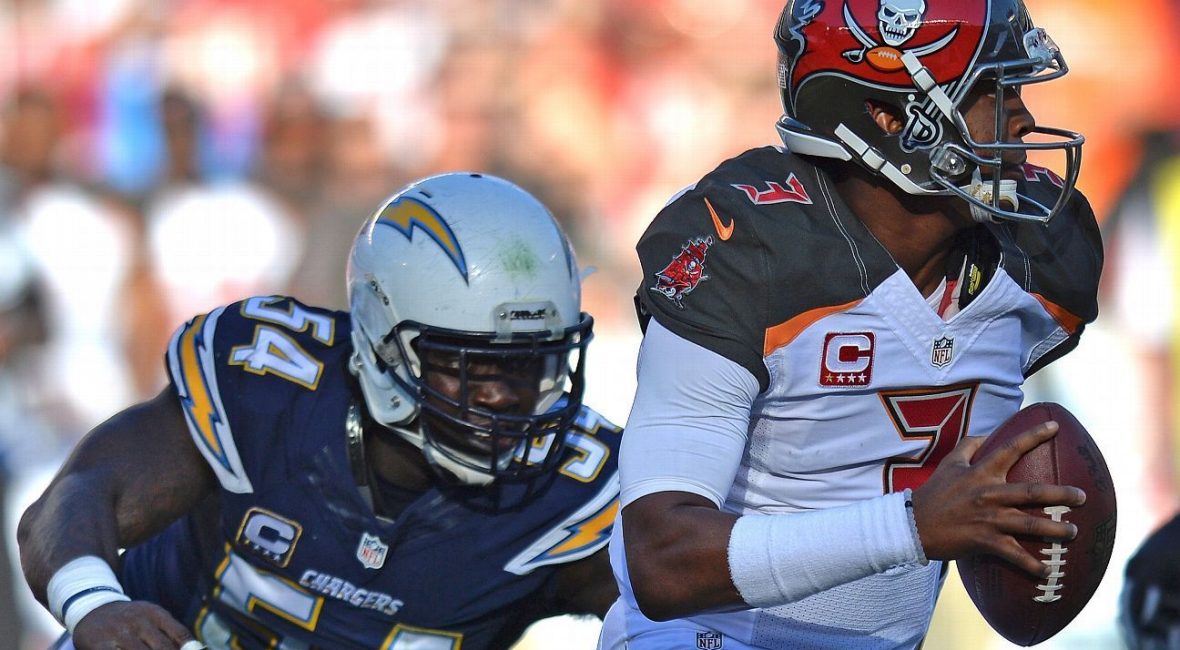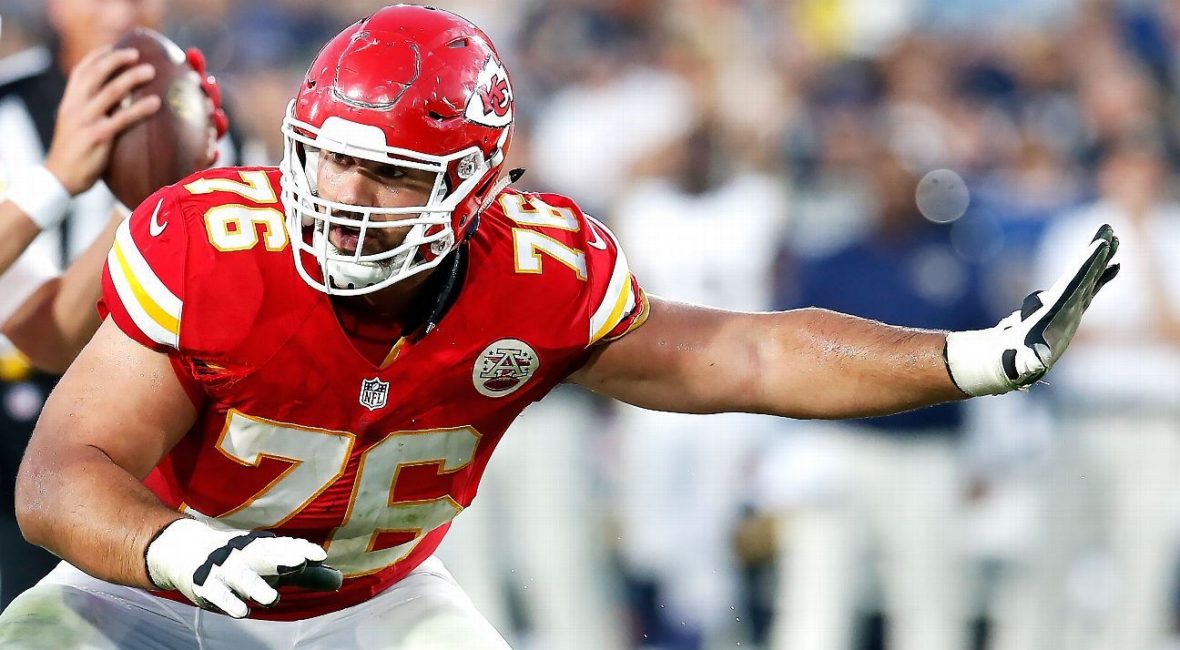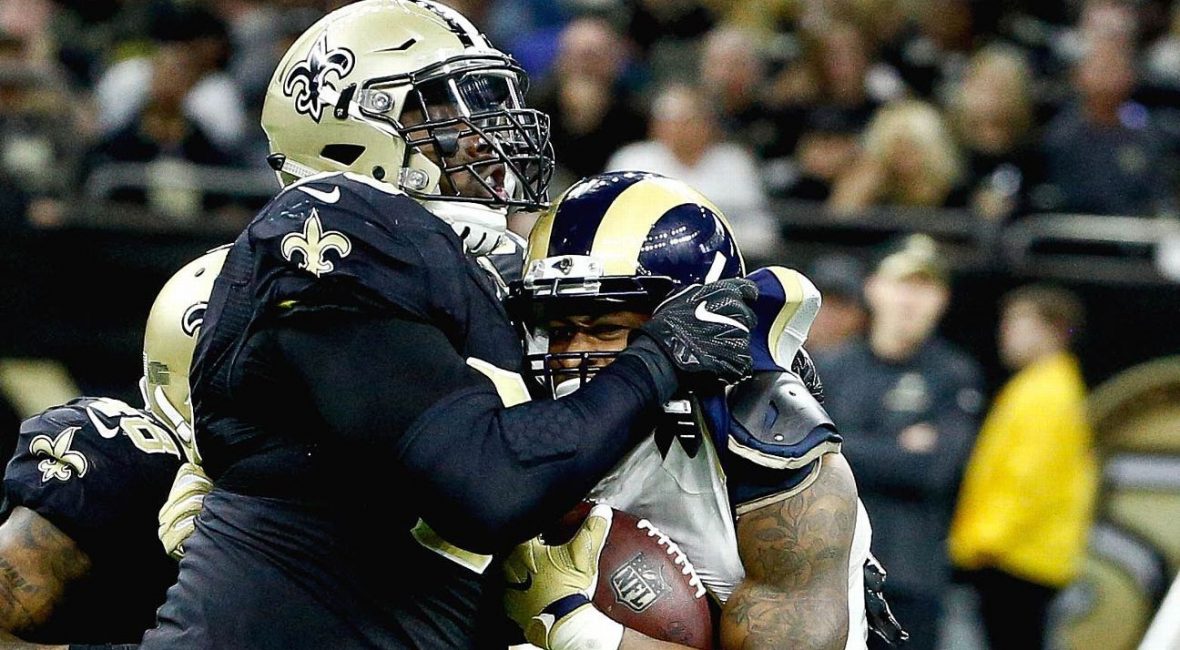FRISCO, Texas — With the scouting combine set to begin this week in Indianapolis, the Dallas Cowboys figure to draw a ton of interest — and not because they will have their luxury bus on hand crisscrossing the downtown streets day and night.
Just because the focus of the week-long event in Indianapolis will be on draft prospects doesn’t mean there won’t be more to talk about.
Here are some Cowboys-related topics sure to be discussed this week:
What’s up with Romo?
The largest topic of the NFL offseason is the future of Tony Romo. With every team, every agent and mostly every draft prospect in Indianapolis, the picture regarding Romo’s future should start to come into focus.
Last Saturday, Jerry Jones said a decision on Romo’s future has not been made and he hasn’t had recent discussions with the quarterback, but that doesn’t mean things can’t come together quickly. By now, Romo’s cap figure ($24.7 million) and cap savings if he is released ($5.1 million) are seared into the brains of every Cowboys fan. They should already know the difference between a June 1 cut and an outright release, which would save the Cowboys $14 million in cap space in 2017 but have him count $8.9 million against the cap in 2018.
If the Cowboys go the release route with Romo, it won’t happen until March 9 at the earliest. That’s the first day they can use the June 1 designation.
For those wondering about a potential trade, Jones has often said a player’s value is at his lowest around the draft, which could hamper a deal. While Romo’s base salaries from 2017 to 2019 are not guaranteed, the $14 million he’s due this year could make a deal difficult. Plus, Romo has a de facto trade veto because he can simply say he has no desire to go to Team X, which would tighten his market.
All of this is difficult, but not impossible.
What happens either on the Cowboys’ bus or in their hotel suite this week will go a long way in determining Romo’s future.
How much will Prescott, Elliott preside over this combine?
The 2017 running back class is a strong one, with the likes of Leonard Fournette, Dalvin Cook, Christian McCaffrey and Alvin Kamara considered first-rounders. Do any of them grade as well as Elliott did at every aspect of the position, from running to catching to blocking? The Cowboys took Elliott that high — which went against conventional wisdom that says a runner can be found anywhere — because he was a three-down back.
Prescott’s ability to prosper right away was surprising to many, if not himself, and his success could help in the evaluations of other quarterbacks from spread offenses such as DeShaun Watson, Patrick Mahomes and Davis Webb.
Framing their needs
Teams are allowed 60 official interviews of prospects at the combine and unlimited unofficial interviews. A year ago, the Cowboys spent time with all of the top quarterbacks, save for Carson Wentz, whom they worked with for a week at the Senior Bowl.
Quarterback will not be nearly the focus this year as it was last year. The focus this year figures to be on cornerback and pass-rushers, which is considered two of the deeper positions in the draft. The Cowboys use the combine to help the coaches get to know the prospects, better and they then use the information gathered in Indianapolis to formulate their top 30 draft visits.
The Cowboys do not window dress their draft visitors. If a player visits, there is a strong likelihood the Cowboys are serious about drafting him. Since 2004, the only first picks not to visit the Cowboys before the draft were DeMarcus Ware (2005) and Morris Claiborne (2012).
At No. 28 overall in the first round, the Cowboys will be at the mercy of the draft board when they pick, but they will land a player they covet.
Free agency talk
The shopping officially starts March 9, but teams can talk with free agents starting March 7, although they are not supposed to come to terms on a deal. The legal tampering period is a nice touch, but the real work in free agency is laid out mostly at the combine.
For the Cowboys, they will meet with the agents of their 18 unrestricted free agents and get a better feel for what is being offered and what they can afford. The chances of re-signing a player to a deal this close to free agency are difficult, but, like a potential Romo trade, not impossible. With so much cap room available to teams, players are normally better off waiting to see what’s on the open market.
The Cowboys have said they want to re-sign as many of their own free agents as possible, but the chances of keeping Ronald Leary and perhaps Terrance Williams are remote. It’s possible the Cowboys can work a deal early with Barry Church, Brandon Carr or Claiborne.
If the Cowboys get anything done, however, it will be at their prices. They have displayed a discipline in free agency the last few years that they had not always shown.

